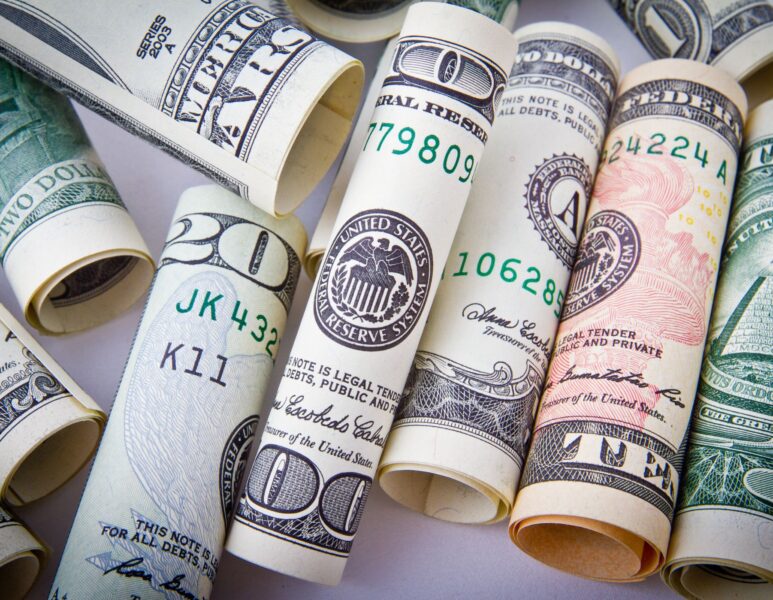Client Brief: Indonesia $225M
Country overview
Country name: Republic of Indonesia
Capital: Jakarta; note – Indonesian lawmakers on 18 January 2022 approved the relocation of the country’s capital from Jakarta to a site in East Kalimantan, a jungle area of Borneo; the move to Nusantara, the name of the new capital, will take several years
Government Type: presidential republic
Population: 279,476,346 (2023 est.)
Economic overview
One of the fastest growing economies and largest in Southeast Asia; upper middle-income country; human capital and competitiveness phase of its 20-year development plan; COVID-19 reversed poverty reduction trajectory; strengthening financial resilience
Real GDP (purchasing power parity)
$3.246 trillion (2021 est.)
$3.131 trillion (2020 est.)
$3.197 trillion (2019 est.)
note: data are in 2017 dollars
country comparison to the world: 7
International Development Funding in Indonesia is AAY’s International investment destination. Abundant natural resources, a young and technically trained work force and a large and growing domestic market, combined with an improving investment climate and a higher global profile, are just a few of Indonesia‘s salient strengths. … Invest in remarkable Indonesia.
The administration of prices of a range of basic goods (including rice and electricity) also plays a significant role in Indonesia‘s market economy. However, since the 1990s, the majority of the economy has been controlled by individual Indonesians and foreign companies. In the aftermath of the 1997 Asian financial crisis, the government took custody of a significant portion of private sector assets through the acquisition of nonperforming bank loans and corporate assets through the debt restructuring process and the companies in custody were sold for privatization several years later. Since 1999, the economy has recovered. Development has accelerated to over 4–6% in recent years.
The economy of Indonesia is the largest in Southeast Asia and is one of the emerging market economies of the world. As a middle income country and member of the G20, Indonesia is classified as a newly industrialized country. It is the 15th largest economy in the world by nominal GDP and the 7th largest in terms of GDP (PPP). Estimated at US$40 billion in 2019, Indonesia‘s Internet economy is expected to cross the US$130 billion mark by 2025. Indonesia depends on domestic market and government budget spending and its ownership of state-owned enterprises (the central government owns 141 enterprises).
In June of 2021, AAY Investments Group launched the new Indonesia Recovery Fund. This was a direct response to the need for International Development Funding in Indonesia This new Fund is specifically for projects that have fallen victim to the effects of the COVID-19 pandemic and require restarting. The benefits of the new Indonesia Fund are the ability to provide Funding that will be needed to complete unfinished development projects and finance the expansion of operational industries. Funding will be available up to 100% for bankable viable projects.
In 2012, Indonesia replaced India as the second-fastest-growing G-20 economy, behind China. Since then, the annual growth rate has fluctuated around 5%. However, Indonesia faced a recession in 2020, when the economic growth collapsed to −2.07% due to the COVID-19 pandemic. This was the worst growth since the 1997 crisis. Do to increased Development, Indonesia is predicted to be the 4th largest economy in the world by 2045. Joko Widodo has stated that his cabinet’s calculations showed that by 2045, Indonesia will have a population of 309 million people. By Widodo’s estimate, there would be economic growth of 5−6 percent and a GDP of US$9.1 trillion. Indonesia’s income per capita is expected to reach US$29,000.




